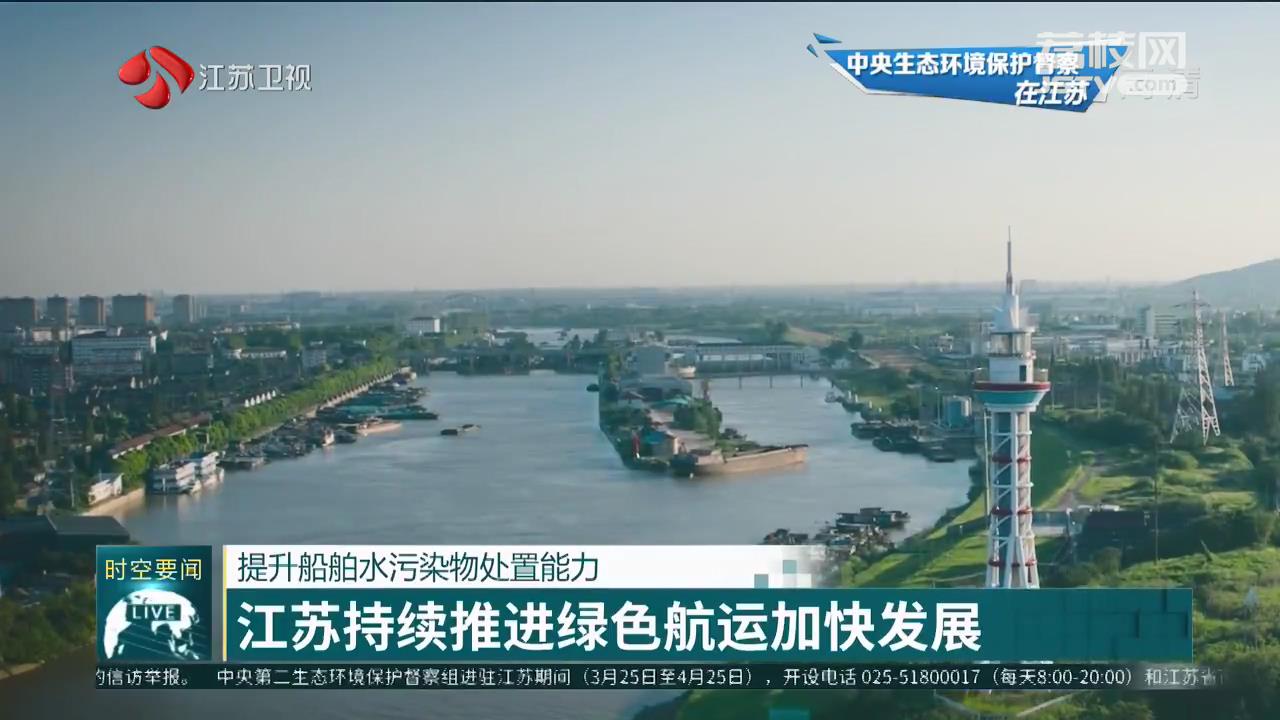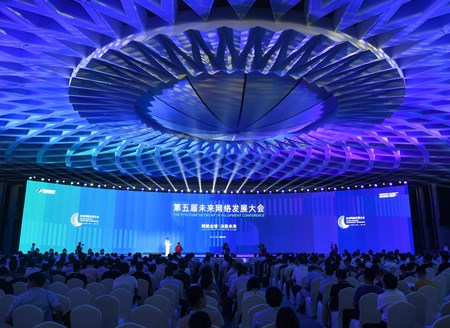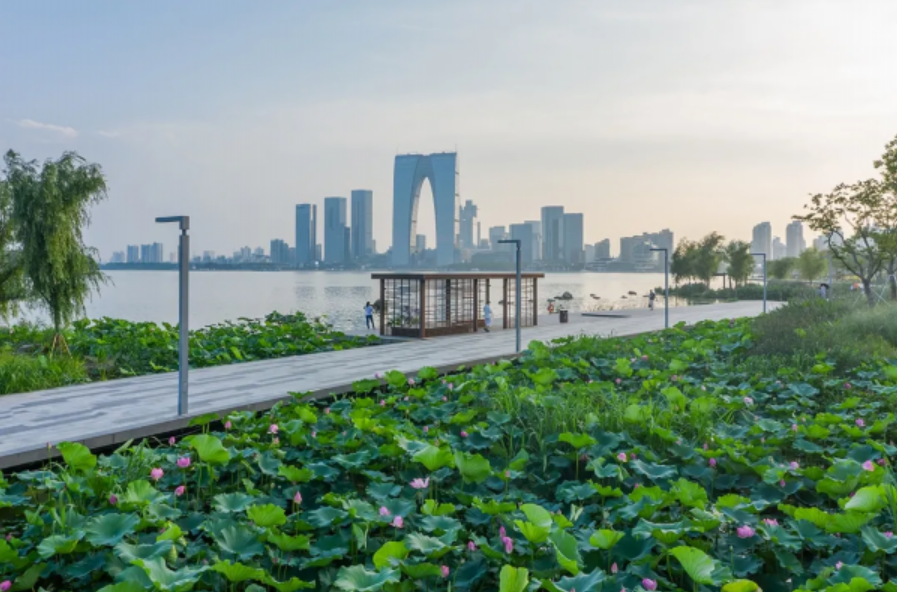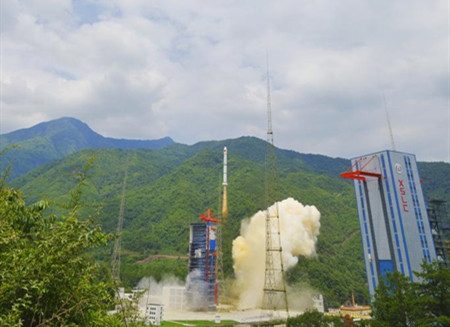East China’s Jiangsu province has spared no efforts to promote the accelerated development of green shipping and continuously improve the ability for ships to receive, transfer and dispose of water pollutants so that the province has significantly improved its water quality.
Zhenjiang has installed 2 sets of ship domestic garbage and oily sewage intelligent receiving cabinets, 4 sets of ship domestic sewage intelligent receiving devices, and 22 sets of shore power facilities in the Zhenjiang service area of the Beijing-Hangzhou Canal.
The use of a series of ship water pollutant receiving equipment has effectively reduced the discharge of pollutants in the canal, and basically realized zero discharge and zero pollution of ships in the Zhenjiang section of the Grand Canal.

In order to encourage the use of high-efficiency and clean energy, Zhenjiang's transportation, port and shipping departments have given priority to ships and container ships powered by LNG clean energy at the ship lock.
Jiangsu has issued specific measures and targets for the reception, transshipment and disposal of water pollutants from ships calling at ports. The province has taken the lead in the country in formulating and implementing guidelines for the construction of inland water vessel pollutant reception facilities.
More than 17,000 cargo ships of less than 400 gross tons have been installed with domestic sewage storage tanks to ensure zero discharge of domestic sewage.
The province's ports and wharves have built 3,148 ship garbage and sewage receiving stations, equipped with 11,930 sets of various pollutant receiving facilities, and 712 mobile service ships or vehicles, enabling the province to be equipped to receive, transfer, and dispose of all garbage and sewage from ships calling at ports.





